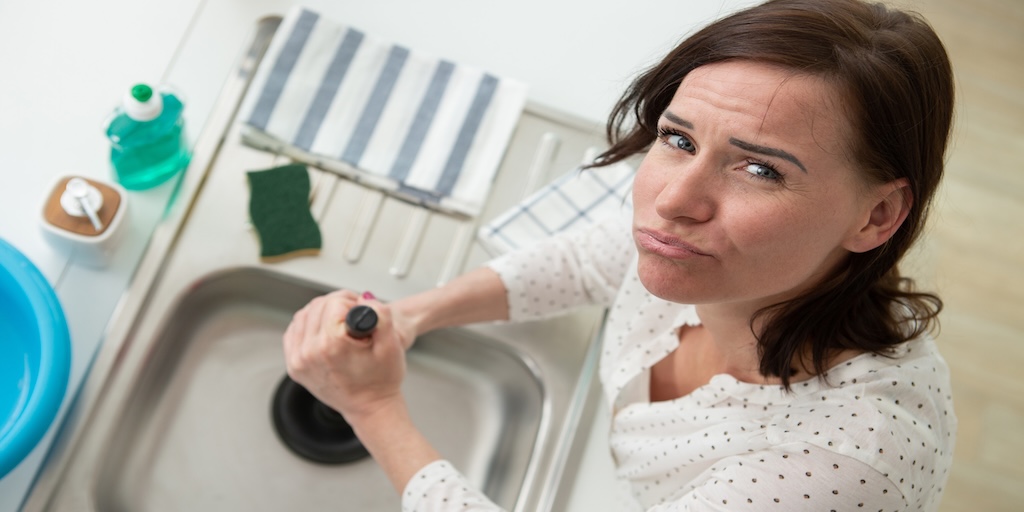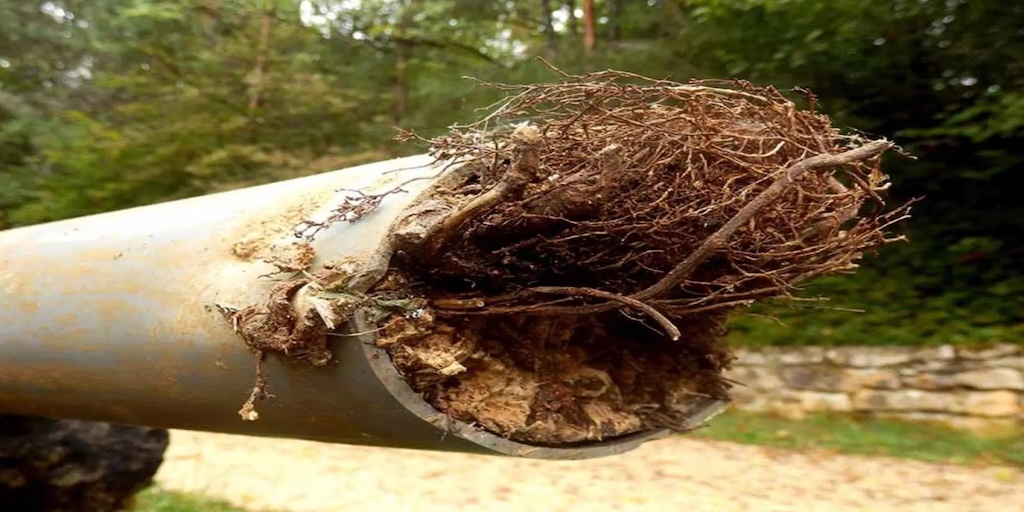
Fall in Kentucky is all about crisp mornings, colorful leaves, and cozy weekends—but it can also be a season of hidden plumbing troubles. As temperatures drop and leaves pile up, your home’s plumbing system faces unique challenges that can lead to costly repairs if left unchecked. Here are the most common fall plumbing problems and practical tips to keep everything flowing smoothly.
1. Clogged gutters and downspouts
Those vibrant autumn leaves look beautiful on the trees but turn into a plumbing nightmare when they land in your gutters. Clogged gutters and downspouts prevent proper drainage, causing water to overflow and pool around your foundation. That standing water can eventually seep into your basement or create pressure on outdoor pipes.
Prevention tip: Clean your gutters at least once early in the fall and again after most of the leaves have fallen. Consider adding gutter guards to keep debris out and ensure downspouts direct water at least five feet away from your home.
2. Frozen outdoor faucets and pipes
Even before winter officially arrives, Kentucky nights can dip below freezing. Water left in outdoor faucets, garden hoses, or exposed pipes can freeze, expand, and crack your plumbing.
Prevention tip: Disconnect garden hoses and drain any outdoor spigots before the first freeze. Shut off the water supply to exterior faucets if possible, and insulate any exposed pipes in unheated areas like garages, basements, or crawl spaces.
3. Sewer line clogs
Falling leaves don’t just clog gutters; they can also create problems underground. When leaves, twigs, and other debris accumulate in sewer lines—or when heavy fall rains wash debris into municipal systems—it can lead to slow drains or messy backups.
Prevention tip: Schedule a professional sewer line inspection each fall, especially if your home has mature trees nearby. A plumber can use a camera to check for blockages or invasive tree roots and clean the line before it becomes a bigger problem.
4. Water heater stress
As the weather cools, your household typically uses more hot water—for longer showers, laundry, and dishes. If your water heater is older or hasn’t been serviced, this extra demand can push it to its limits.
Prevention tip: Flush your water heater to remove sediment buildup, which reduces efficiency and lifespan. Check the temperature setting (aim for 120°F) and have a professional plumber inspect and service the unit annually to catch any issues early.
5. Sump pump failures
Fall storms can bring heavy rains that test your sump pump. If it’s not working properly, you risk basement flooding.
Prevention tip: Test your sump pump by pouring a bucket of water into the pit. If it doesn’t start pumping immediately, call a plumber. Make sure the discharge line is clear of leaves and debris.
Bottom line:
Fall is a great time to enjoy the changing seasons, but it’s also the perfect opportunity to give your plumbing system some preventative care. A little maintenance—cleaning gutters, insulating pipes, scheduling inspections—goes a long way toward avoiding emergency repairs when winter arrives.
Protect your home now, and you’ll stay warm, dry, and stress-free all season long.
continue reading
Related Posts
When the temperatures start to dip, your home’s plumbing system
Installing a brand-new furnace is a big investment, and you
Trees add beauty and tranquility to any landscape, but their



